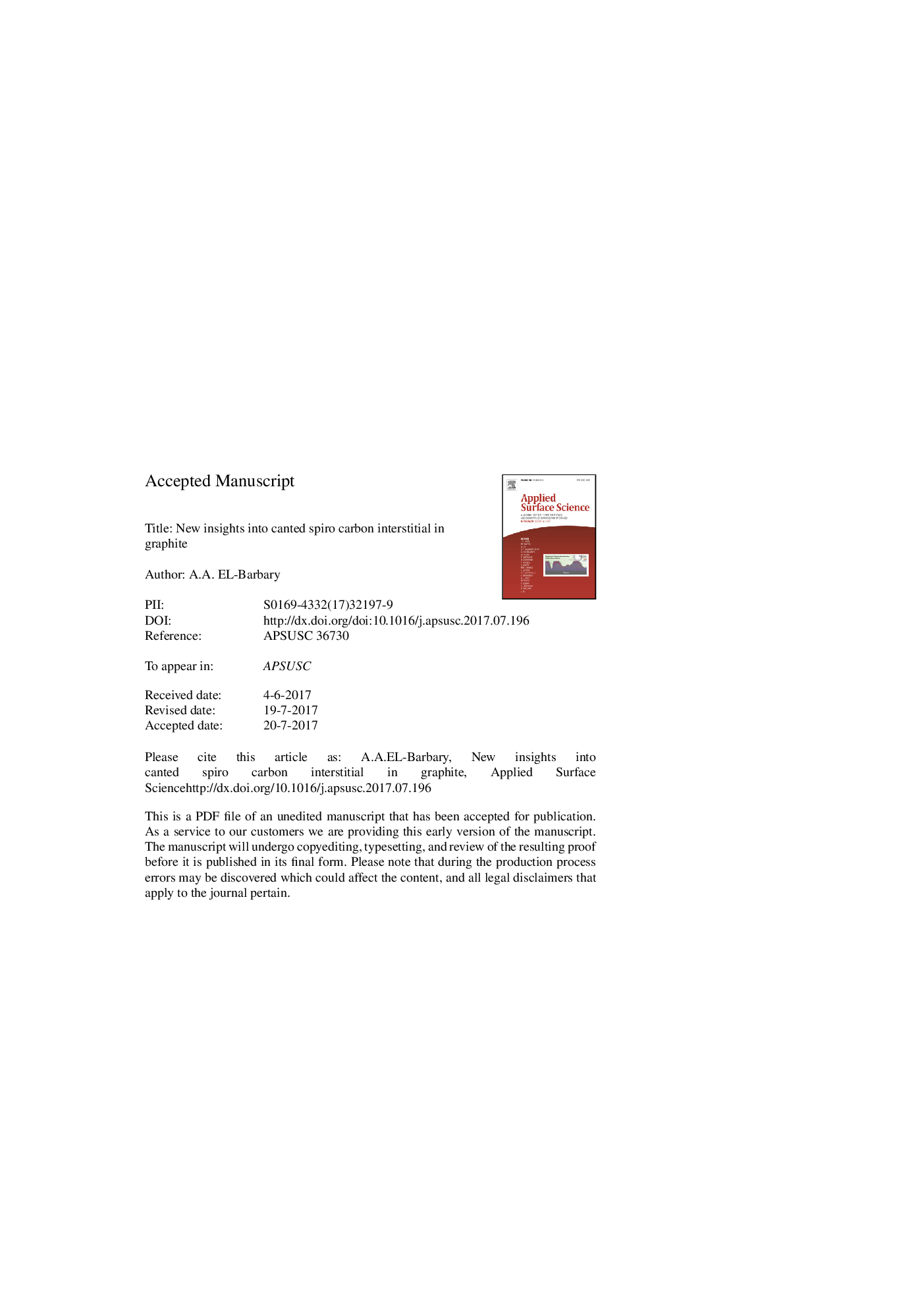| Article ID | Journal | Published Year | Pages | File Type |
|---|---|---|---|---|
| 5349512 | Applied Surface Science | 2017 | 16 Pages |
Abstract
The self-interstitial carbon is the key to radiation damage in graphite moderator nuclear reactor, so an understanding of its behavior is essential for plant safety and maximized reactor lifetime. The density functional theory is applied on four different graphite unit cells, starting from of 64 carbon atoms up to 256 carbon atoms, using AIMPRO code to obtain the energetic, athermal and mechanical properties of carbon interstitial in graphite. This study presents first principles calculations of the energy of formation that prove its high barrier to athermal diffusion (1.1Â eV) and the consequent large critical shear stress (39Â eV-50Â eV) necessary to shear graphite planes in its presence. Also, for the first time, the gamma surface of graphite in two dimensions is calculated and found to yield the critical shear stress for perfect graphite. Finally, in contrast to the extensive literature describing the interstitial of carbon in graphite as spiro interstitial, in this work the ground state of interstitial carbon is found to be canted spiro interstitial.
Keywords
Related Topics
Physical Sciences and Engineering
Chemistry
Physical and Theoretical Chemistry
Authors
A.A. EL-Barbary,
